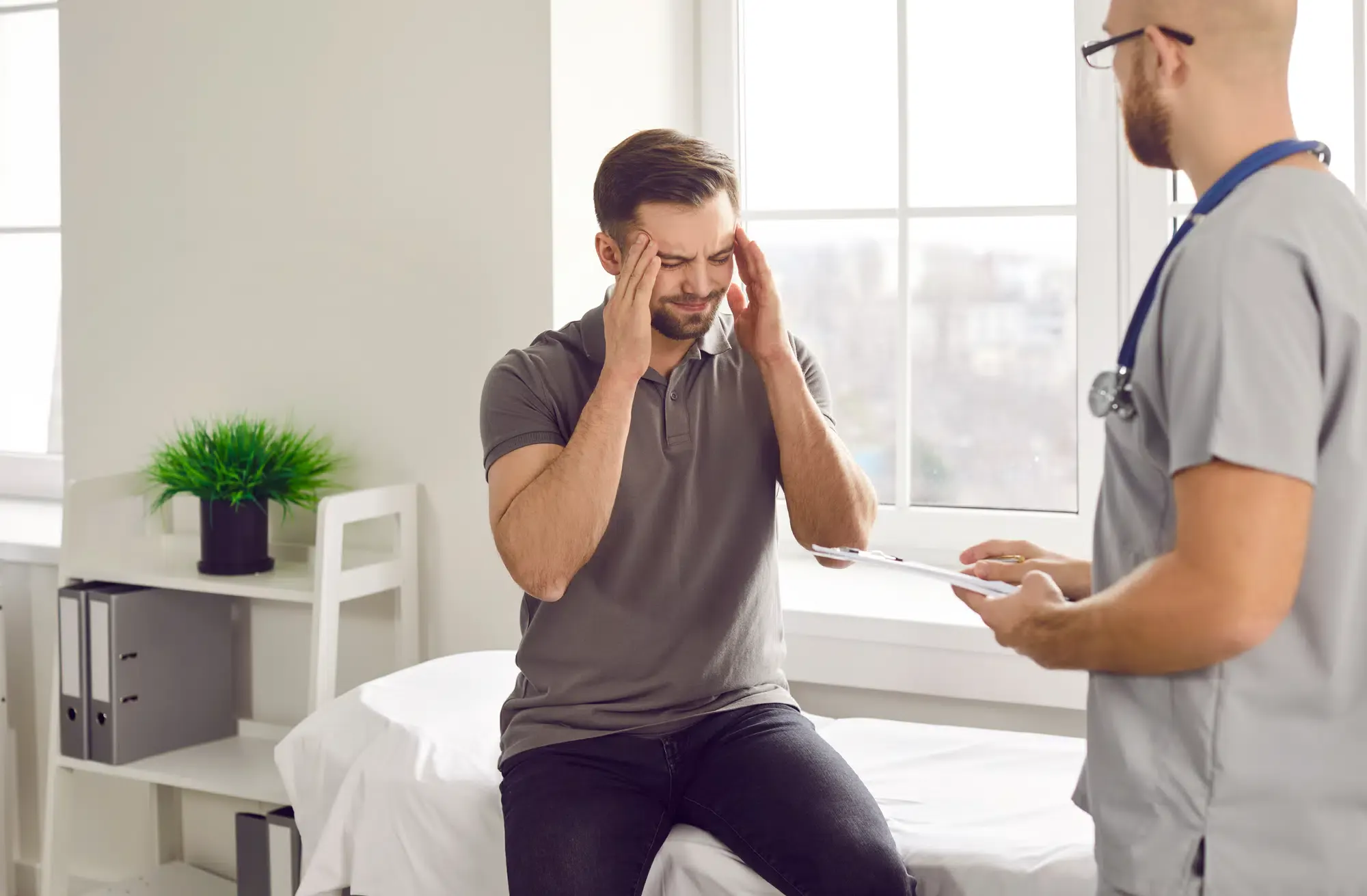Headaches & Migraines in Whitneyville, MI
Stop Living Around Your Next Headache
Real relief starts with understanding why your headaches keep coming back—and addressing the source, not just masking symptoms.

Hear from Our Customers

Migraine Relief Whitneyville Michigan
You wake up without that familiar tension creeping up your neck. Make plans without wondering if you’ll have to cancel. Focus at work instead of fighting through brain fog and throbbing pain.
When headaches and migraines are properly addressed, you get your time back. No more lost days or avoiding activities you love. No more explaining to family why you need to lie down in a dark room again.
The relief isn’t temporary—it’s the kind that lets you live normally. You sleep better because tension isn’t building overnight. Handle stress without it immediately triggering head pain. Get back to being yourself.
Chiropractor Headache Treatment Whitneyville
We’ve served Whitneyville, MI families since 1998. We don’t treat headaches the same way for everyone because no two people experience them identically.
Each patient gets individual evaluation and a care plan built specifically for their situation. We use different techniques—not just one approach—because what works for your neighbor might not work for you.
Our family practice treats everyone from working adults to seniors. We understand headaches affect your job, relationships, and ability to enjoy life. That’s why we combine chiropractic care with massage therapy when needed, creating comprehensive treatment plans that actually work.

Chiropractic Adjustment Headache Relief
Your first visit starts with understanding your specific headache pattern. When do they happen? What triggers them? How long do they last? We need your story before we can help change it.
Next comes thorough evaluation of your neck, shoulders, and spine. Misalignment in these areas often creates tension that leads to headaches. We check posture, range of motion, and muscle tension areas.
Your treatment plan might include spinal adjustments to restore proper alignment, massage therapy to release muscle tension, and guidance on lifestyle factors contributing to your pain. We track progress and adjust the approach until you’re getting consistent relief.

Ready to get started?
Wellness Care Headache Prevention Michigan
Your care includes comprehensive chiropractic adjustments focused on areas most connected to headache patterns—typically neck, upper back, and shoulders. We also incorporate massage therapy to address muscle tension that builds over time.
Throughout Michigan, we see many headache patients who work desk jobs or spend long hours driving. These activities create specific tension patterns we know how to address. Your treatment plan accounts for daily activities and work demands.
We provide guidance on ergonomics, stress management, and other headache triggers. The goal isn’t just treating current pain—it’s reducing how often headaches happen in the first place. Prevention matters as much as treatment.

